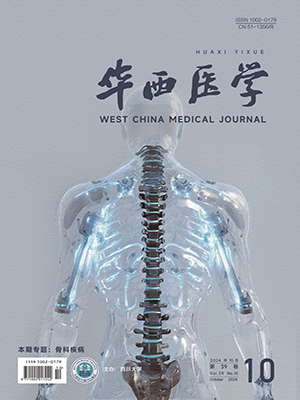| 1. |
JANG M, CAI L, UDEANI G O, et al. Cancer chemopreventive activity of resveratro, a natural product derived from grapes[J]. Science,2003,275(5297):218-220.
|
| 2. |
OURIA M, GUKOVSKAYA A, JUNG Y, et al. Foodderived polyphenols inhibit pancrentic cancer growth through mitochondrial cytochrome C release and apoptosis[J]. Int J Cancer,2002,8(5):767-769.
|
| 3. |
ATHAR M, BACK JH, TANG X, et al. Resveratrol: a review of p re2clinical studies for human cancer prevention[J]. Toxicol Appl Pharmacol, 2007, 224 (3):274-283.
|
| 4. |
AZIOSNG, KRISHNAMOORTHY L, HARRISM, et al. Estrogen and resveratrol regulate Rac and Cdc42 signaling to the sctin cytoskeleton of metastatic breast cancer cells[J]. Neoplasia, 2007, 9 (2): 147-158.
|
| 5. |
FULDA S, DEBATIN KM. Resveratrolmediated sensitisation to TRAILinduced apoptosis depends on death receptor and mitochondrial signaling[J]. Fur J Cancer, 2005, 41 (5): 786-798.
|
| 6. |
RIGOLIO R, MILOSOM, NICOLINI G,et al. Resveratrol interference with the cell cycle protects human neuroblastoma SHSY5Y cell from paclitaxel induced apoptosis[J]. Neurochem Int, 2005, 46 (3): 205-211.
|
| 7. |
HORN TL, CWIK MJ, MORRISSEY RL, et al. Oncogenicity evaluation of resveratrol in p53(+ /) (p53 knock-out) mice[J]. Food Chem Toxicol, 2007, 45 (1):55-63.
|
| 8. |
王玉, 孙黎光, 夏春辉. Caspase介导的Fas凋亡途径[J].世界华人消化杂志, 2006,14(36): 3439-3442.
|
| 9. |
金琳芳,陈同钰.Bcl2基因蛋白家族与细胞凋亡[J]. 医学综述, 2005,11(5):446-447.
|




